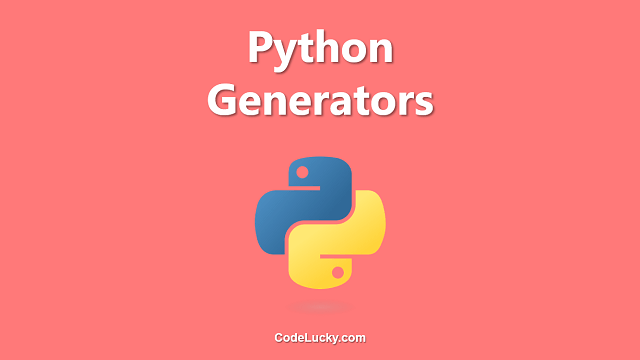The help() function in Python is a built-in function that provides access to the documentation for any module, function, class, or object in Python. It is a powerful tool for exploring the functionality of Python objects and for obtaining information about how to use them.
Syntax
help(object)
Parameters
object – the object for which you want to obtain the documentation
Return Value
The help() function returns the documentation for the input object, which is displayed in the Python console.
Examples
Example 1: Getting Help for a Built-in Function
help(abs)
Output:
Help on built-in function abs in module builtins: abs(x, /) Return the absolute value of the argument.
In this example, the help() function is used to obtain the documentation for the built-in abs() function. The output shows the function signature and a brief description of what the function does.
Example 2: Getting Help for a Module
import math help(math)
Output:
Help on built-in module math:
NAME
math
DESCRIPTION
This module provides access to the mathematical functions
defined by the C standard.
FUNCTIONS
acos(x, /)
Return the arc cosine (measured in radians) of x.
The result is between 0 and pi.
acosh(x, /)
Return the inverse hyperbolic cosine of x.
asin(x, /)
Return the arc sine (measured in radians) of x.
The result is between -pi/2 and pi/2.
--More--
In this example, the help() function is used to obtain the documentation for the math module. The output shows the name of the module and provides a reference to the official Python documentation for the module, which can be accessed online.
Example 3: Getting Help for a Class or Object
class MyClass:
def __init__(self, x):
self.x = x
my_object = MyClass(10)
help(my_object)
Output:
Help on MyClass in module __main__ object: class MyClass(builtins.object) | MyClass(x) | | Methods defined here: | | init(self, x) | Initialize self. See help(type(self)) for accurate signature. | | ---------------------------------------------------------------------- | Data descriptors defined here: | | dict | dictionary for instance variables (if defined) | | weakref | list of weak references to the object (if defined)
In this example, the help() function is used to obtain the documentation for a custom class named MyClass and an object of that class named my_object. The output shows the class definition, including its methods and data descriptors. The init method is also shown with its signature, which can be helpful for understanding how to use the class.
Use Cases
The help() function can be used in several ways:
- To obtain information about built-in functions and modules
- To obtain information about custom classes and objects
- To quickly access the official Python documentation for a module or function
- To explore the functionality of Python objects and understand how to use them
In conclusion, the help() function is a simple and powerful tool for exploring the Python documentation and learning how to use different objects in Python. Whether you are a beginner or an experienced Python programmer, this function can save you time and help you write better code.







